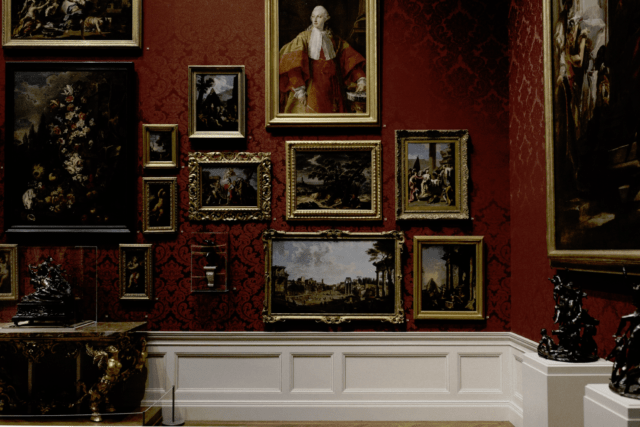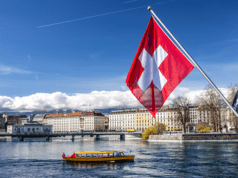
Today, more museum events and tours are hosted virtually than ever before. This is great for people who want to visit in person, but can’t.
For those tasked with organizing the digital experiences expected of all sorts of museums, this can be a burden.
To help you get to grips with this recent phenomenon, here are some of the main things to know about making virtual tours and events run like clockwork.
Interactivity is important
You might think that attending an event or taking a tour of a museum in the flesh is a passive process, and so the same approach can apply in a virtual context.
However, in reality the opposite is true; for years, museums have embraced interactive elements in order to better engage visitors.
You can take these principles and apply them to online equivalents. For example, including a quiz or a game, as well as allowing participants to ask questions of guides and speakers, will ensure that it’s a more lively and enlightening experience, so long as it’s financially viable.
Providing a sense of place is helpful
Another way to make the virtual event feel more involving is if you provide guests with a way to track the location of what they’re seeing through their screens.
Having an illustrated map of the premises available to review, or even integrating a real time tracking solution as part of the live stream, will help people viewing remotely to orient themselves and immerse themselves in the museum.
Proper planning is essential
It should go without saying, but throwing together a tour or an event at a museum on a whim is not a good idea, especially if it’s taking place virtually.
That’s where having a museum event management platform on your side is impactful. The latest software solutions are able to orchestrate the ins and outs of creating compelling get-togethers, whether on-premises or remotely.
Effective marketing is a must
There’s little point putting in all the effort to organize virtual museum tours and events if you don’t then generate enough interest from the general public to justify it.
Thus you have to have a marketing strategy in place as part of the process, and it pays to target people who are already demonstrating that they are engaged with digital platforms.
Using social media to shout about your upcoming online initiatives is ideal. You could even go all-in on adopting a particular social media platform as your conduit for the experience itself.
Live streaming a tour on Instagram or YouTube will open it up to a much wider audience, and will give you a built-in audience to connect with if you’ve already got a decent following on these services.
Soliciting feedback will make a difference
Remember that after an event is over, you shouldn’t just move straight onto the next project. It’s useful to reflect on how well things went, not just from an internal perspective, but from the perspective of the attendees themselves.
Proactively requesting feedback, whether by sending out surveys or using social media, works wonders. You can then use the input you receive to celebrate your successes, identify your shortcomings, and move forward with data that will let you improve future tours and events.
Conclusion
Virtual experiences are here to stay, and museums have an opportunity to be at the spearhead of this movement, bringing new audiences and younger generations onboard by blending physical assets with digital access.
There’s no point putting this off, as the call for virtual tours and events will only grow louder with time, so buckle down and start now.


































